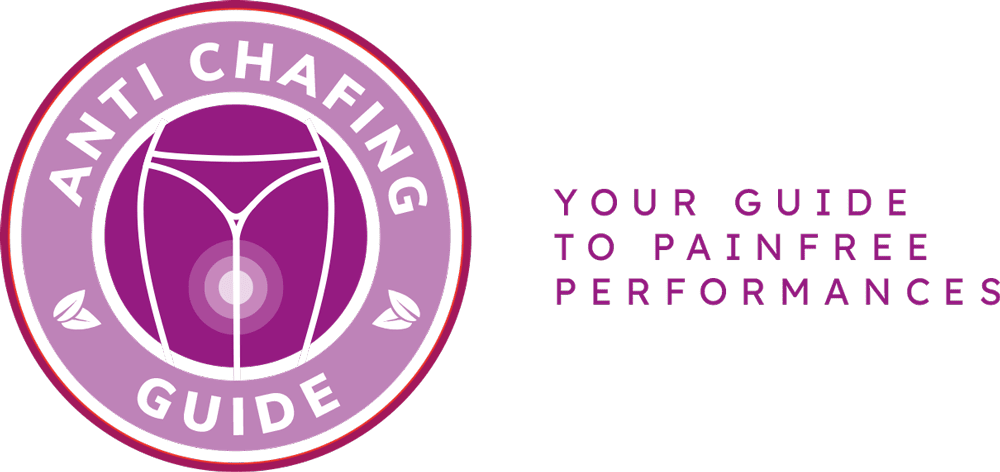Are you tired of dealing with uncomfortable chafing? Look no further! In this ultimate guide, we will unveil the secrets shared by top dermatologists to help you banish chafing for good. Say goodbye to irritation and hello to ultimate comfort!
With the expert tips and tricks provided by dermatologists, you will gain valuable insights into how to effectively eliminate chafing specifically for men. From understanding the causes of chafing to discovering the most effective remedies, this guide has got you covered.
Friction, moisture, and clothing choices can all contribute to chafing, but fear not! Our guide will delve into each of these factors and provide you with practical solutions to prevent chafing from occurring. You’ll be equipped with the knowledge to make informed decisions and keep chafing at bay.
But that’s not all! We’ll also explore the best remedies recommended by dermatologists to soothe and heal chafed skin. Whether it’s creams, powders, or natural remedies like aloe vera and coconut oil, you’ll have a range of options to choose from.
So, get ready to bid farewell to chafing and embrace ultimate comfort. Let’s dive into the secrets of top dermatologists and unlock the ultimate guide to banishing chafing for guys!
Understanding Chafing Causes
Understanding Chafing Causes
Chafing can be an uncomfortable and irritating problem for men, but understanding its causes is the first step towards prevention. There are several factors that contribute to chafing in men, including friction, moisture, and clothing choices.
Friction: Friction occurs when there is repetitive rubbing of the skin against itself or clothing. This can happen during physical activities like running or walking, or even due to ill-fitting clothing.
Moisture: Moisture can exacerbate chafing by softening the skin and making it more prone to friction. Sweating, especially in areas where skin rubs together, can create the perfect environment for chafing to occur.
Clothing Choices: The type of clothing you wear can also contribute to chafing. Rough fabrics, tight-fitting clothes, or seams that rub against the skin can all increase the risk of chafing.
To prevent chafing, it’s important to address these causes. Opt for moisture-wicking fabrics that help keep your skin dry, and choose loose-fitting clothes that allow for airflow. Applying a lubricant or anti-chafing cream to susceptible areas can also provide a protective barrier against friction. By understanding the causes of chafing and taking preventative measures, you can banish this uncomfortable problem and enjoy ultimate comfort.
Effective Remedies for Chafing
When it comes to soothing and healing chafed skin, dermatologists have a wealth of knowledge to offer. They recommend a range of remedies that are highly effective in providing relief and promoting healing. Let’s take a closer look at some of the best remedies you can try:
- Creams: Dermatologists often recommend using creams specifically formulated for chafed skin. These creams usually contain ingredients like zinc oxide or petroleum jelly, which create a protective barrier and help reduce friction.
- Powders: Applying powders to chafed areas can help absorb moisture and reduce friction. Look for powders that are talc-free and contain ingredients like cornstarch or baking soda.
- Natural Remedies: For those who prefer natural options, dermatologists often suggest using aloe vera and coconut oil. Aloe vera has soothing properties and can help reduce inflammation, while coconut oil provides moisturization and promotes healing.
It’s important to note that everyone’s skin is different, so it may take some trial and error to find the remedy that works best for you. Additionally, if your chafing persists or worsens, it’s always a good idea to consult with a dermatologist for further evaluation and guidance.
Frequently Asked Questions
- What is chafing and why does it occur?
Chafing is a common skin irritation that occurs when there is repeated friction between the skin. It often happens in areas where skin rubs against skin or clothing, such as the inner thighs, underarms, or groin. Moisture and heat can exacerbate chafing, making it more uncomfortable.
- How can I prevent chafing?
To prevent chafing, it’s important to keep the affected areas dry and reduce friction. Here are some tips:
- Wear moisture-wicking and breathable fabrics.
- Apply a lubricating product like petroleum jelly or anti-chafing balms.
- Use powders or talcum to absorb moisture.
- Avoid wearing tight or rough clothing.
- What are the best remedies for chafing?
There are several effective remedies for chafing that can help soothe and heal the irritated skin. Some options include:
- Using over-the-counter creams or ointments that contain ingredients like zinc oxide or hydrocortisone.
- Applying natural remedies such as aloe vera gel or coconut oil.
- Gently cleaning the affected area with mild soap and water, and keeping it dry.
- When should I see a dermatologist for chafing?
If your chafing persists or worsens despite trying preventive measures and remedies, it’s advisable to consult a dermatologist. They can provide personalized advice and recommend stronger treatments if necessary.
- Can chafing be a sign of an underlying condition?
In some cases, chafing can be a symptom of an underlying condition such as a fungal infection or skin allergy. If you have recurrent or severe chafing, it’s best to seek medical attention to rule out any other potential issues.


Keith is originally from Truckton, Colorado. The 54-year-old cared for his overweight wife for many years. Keitch is also a freelance editor at antichafing.net and supports the team as a competent advisor. In his spare time Keith enjoys reading books, visiting his homeland and is a passionate product tester for well-known manufacturers.
